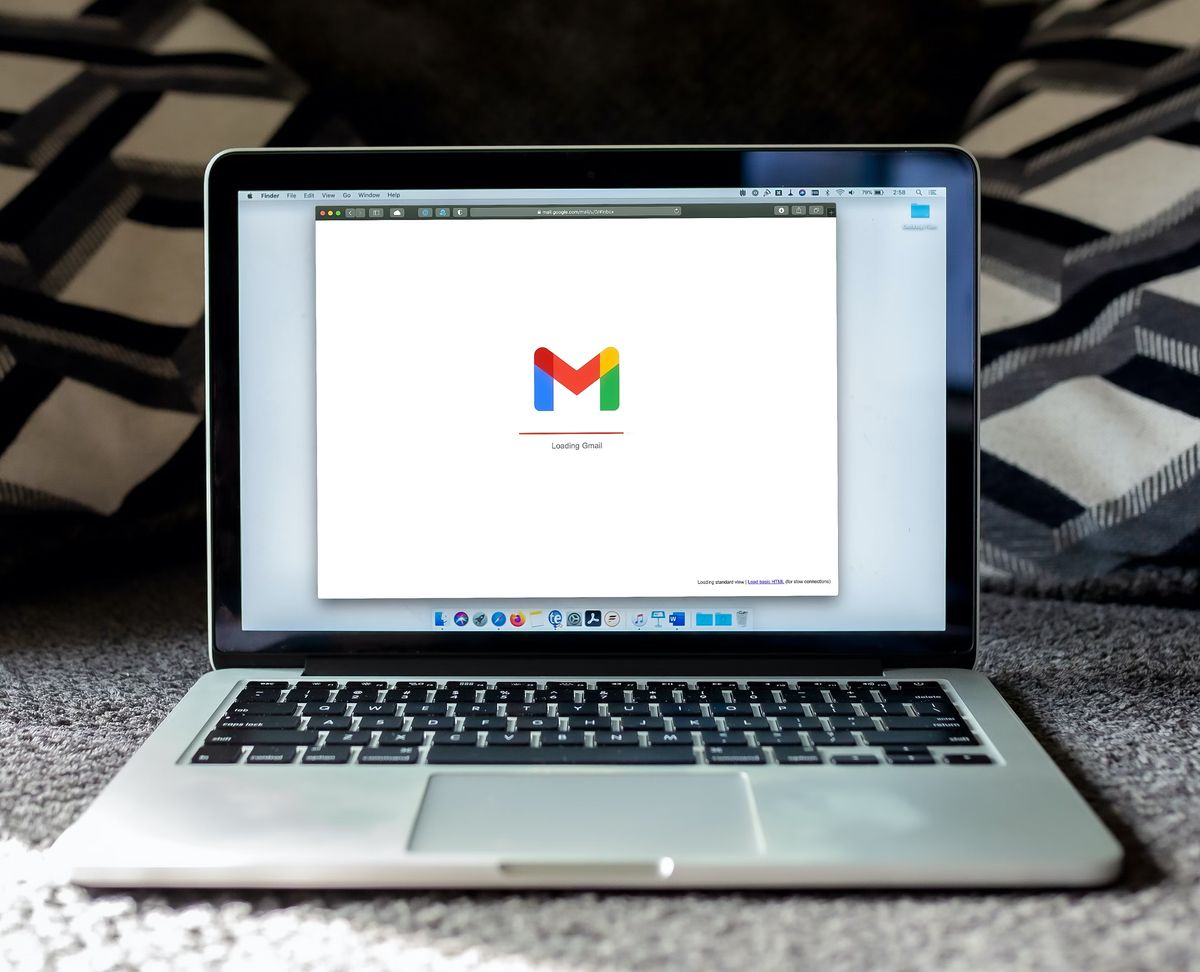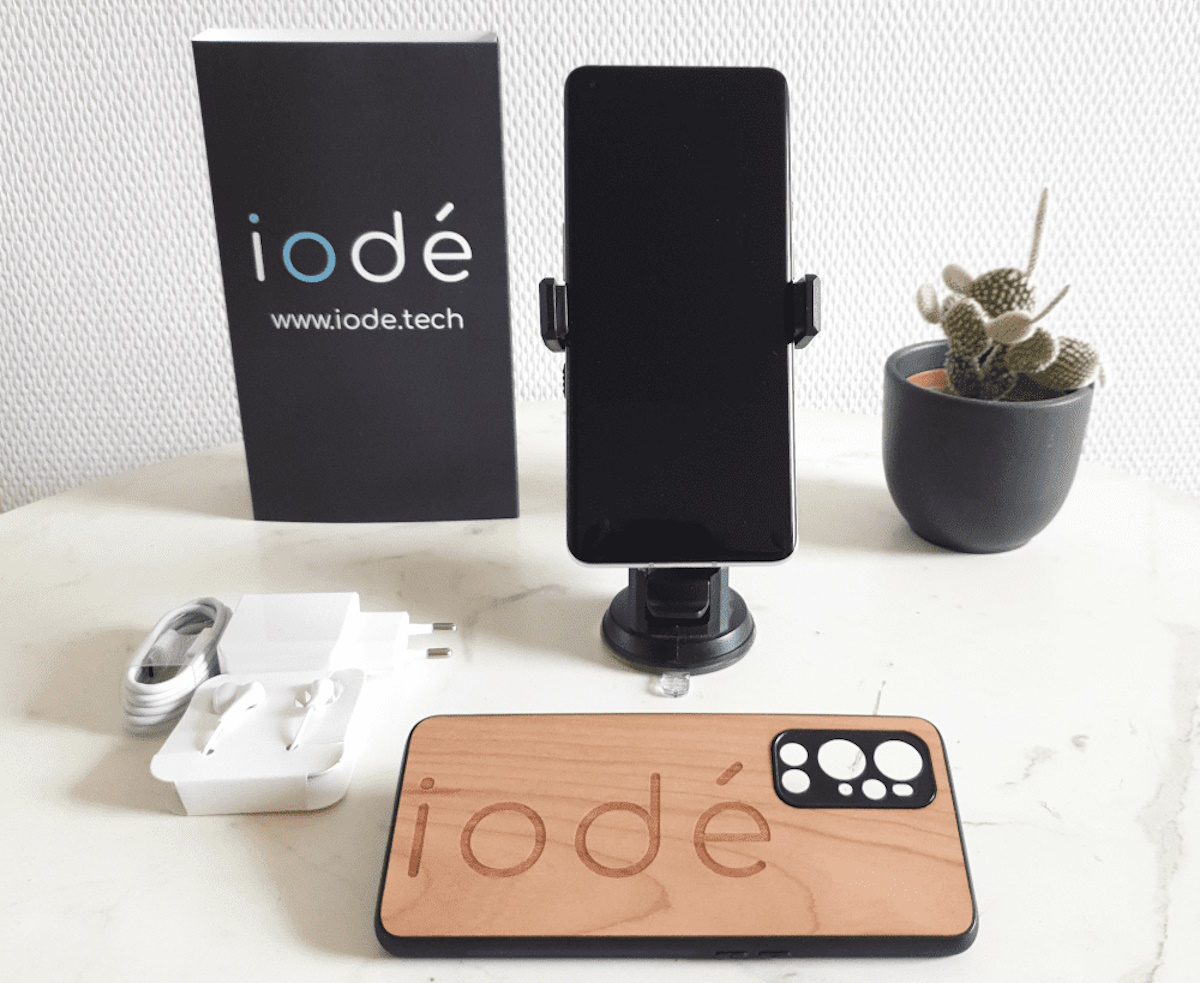Gmail takes aim at scheduling woes with latest update

Streamlining meeting coordination is set to become significantly more straightforward with the advent of a new update to Gmail. The email service provider has revealed a noteworthy enhancement that allows users to seamlessly scan their calendar and suggest a meeting time directly from within the Gmail platform.
This new functionality is set to eliminate the often vexing and time-consuming exchanges between users as they attempt to identify a mutually convenient meeting time. Indeed, Gmail is making strides to ensure efficiency is at the forefront of user experience.
In a recent announcement made in a Google Workspace update blog post, the tech giant expressed its intent to streamline the process of scheduling one-on-one meetings:
"We’re adding a feature into Gmail that helps you find convenient 1:1 meeting times with others much quicker. This is especially useful when scheduling time with customers, partners or people in your organization whose Google Calendars are not visible to you."
The updated Gmail interface will now feature a new Calendar icon nestled next to the existing options by the email send button. Upon selection, users will be presented with an array of scheduling tools, including the ability to suggest available meeting times by checking their calendar for vacant slots. The recipient of the email can then scrutinize these proposed times and choose the one that suits them best, all from within the email. This selection will concurrently send a calendar invitation.
For now, this function is confined to one-on-one meetings and is compatible only with your primary calendar. In the case of multiple recipients, the first person to secure an appointment will be automatically included in the event. Another feature allows users to promptly generate an event like a meeting or video call, which reveals a recognizable calendar event creation window. This window pre-fills the recipients and title from your email and automatically inserts an event summary into the body of your email for hassle-free sharing.

When drafting an email, you'll notice a fresh Calendar symbol that consolidates all calendar-related functions, making them easily accessible. Here's what you can do according to Google:
- Offer times you’re free: With this feature, your calendar appears on the right-hand side. Without leaving Gmail, you can choose potential meeting times directly from your calendar and embed them in the email. The email's recipient can then scrutinize the suggested times and pick one straight from the email, triggering an automatic email containing a calendar invitation.
- Create an event: This serves as an efficient method to organize a meeting and relay the event details back in the email. Initiating the process will display an event creation pane on the right, pre-populated with the email's recipients and subject. An automatic summary of the event is inserted into the email content for effortless sharing. This function was formerly found in the email conversation view's top three-dot menu.
This latest tool, accessible to all Google Workspace customers and personal Google Account holders, is currently being introduced to a select group of users. A broader implementation is slated for later in July 2023.
Will this change make your scheduling smoother, or just add another layer of complexity?
- Read also: How to delete sent email in Gmail



















